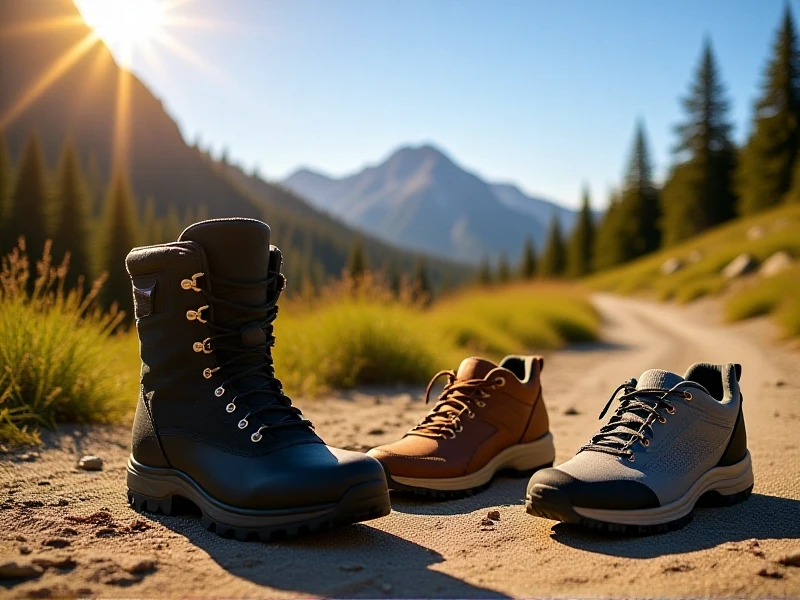
Your Ultimate Guide to Trail Running Shoes: Conquer Any Terrain
Why Trail Running Shoes Are Essential for Off-Road Adventure
Trail running transforms exercise into exploration, but conquering rugged terrain demands specialized footwear. Unlike road running shoes, dedicated trail running shoes provide the critical features needed for safety, performance, and enjoyment on unpredictable paths. Understanding these differences is key to unlocking your off-road potential.
Key Features That Set Trail Running Shoes Apart:
- Aggressive Traction & Outsoles: Deep, multi-directional lugs (think: tire treads!) bite into mud, loose gravel, and wet surfaces. Sticky rubber compounds enhance grip on damp rocks and roots, preventing slips. Road shoes simply can't compete on uneven ground.
- Durable & Protective Construction: Expect reinforced uppers using tough mesh, overlays, or even ripstop fabric to withstand abrasion from rocks, brush, and trail debris. Many feature bumpers around the toe box to shield against impacts. Hidden rock plates under the midsole offer crucial protection from sharp objects.
- Enhanced Stability & Support: Trails are uneven by nature. Trail runners prioritize stability with wider platforms, lower stack heights (for a more grounded feel), and features like internal heel counters or structured midsoles to minimize ankle rolls on technical descents and side slopes.
- Premium Underfoot Protection: Midsole cushioning is robust but often tuned for responsiveness over super-plush softness seen in some road shoes. This balance delivers shock absorption from rocky impacts without feeling unstable. Some models offer specialized cushioning technologies optimized for long-distance trail comfort.
- Weather & Water Resistance: Many trail runners incorporate water-resistant materials (like Gore-Tex membranes) to keep feet dry in wet grass or shallow streams. Breathable uppers remain critical for non-waterproof models to prevent overheating and drain water quickly.
Choosing the Best Trail Running Shoe for You:
- Terrain: Technical, rocky trails demand tougher protection and grip. Smooth dirt paths allow for lighter, more cushioned models.
- Distance: Long runs prioritize cushioning and comfort. Shorter, faster efforts might benefit from a more agile, lightweight shoe.
- Fit & Feel: Stability? Minimalist ground feel? Maximum cushion? Prioritize a secure heel hold and adequate toe room, especially important for long descents. Test them with your trail running socks.
- Drop: Heel-to-toe drop affects stride and feel. Lower drops are popular for a natural feel; moderate drops (6-10mm) offer familiarity for road converts.
- Weather: Consider waterproof membranes for consistently wet conditions, but prioritize breathability in warm, dry climates.
Hit the Trails with Confidence
Investing in purpose-built trail running shoes isn't just an upgrade; it's essential gear for tackling off-road adventures safely and effectively. The right pair provides the grip to conquer hills, the protection to navigate obstacles, and the comfort to extend your endurance. They transform challenging terrain into rewarding terrain. Before your next off-road excursion, ensure your footwear is ready for the demands of the wilderness. Lace up, hit the dirt, and experience the thrill of trail running the way it's meant to be enjoyed: supported and secure every step of the way.